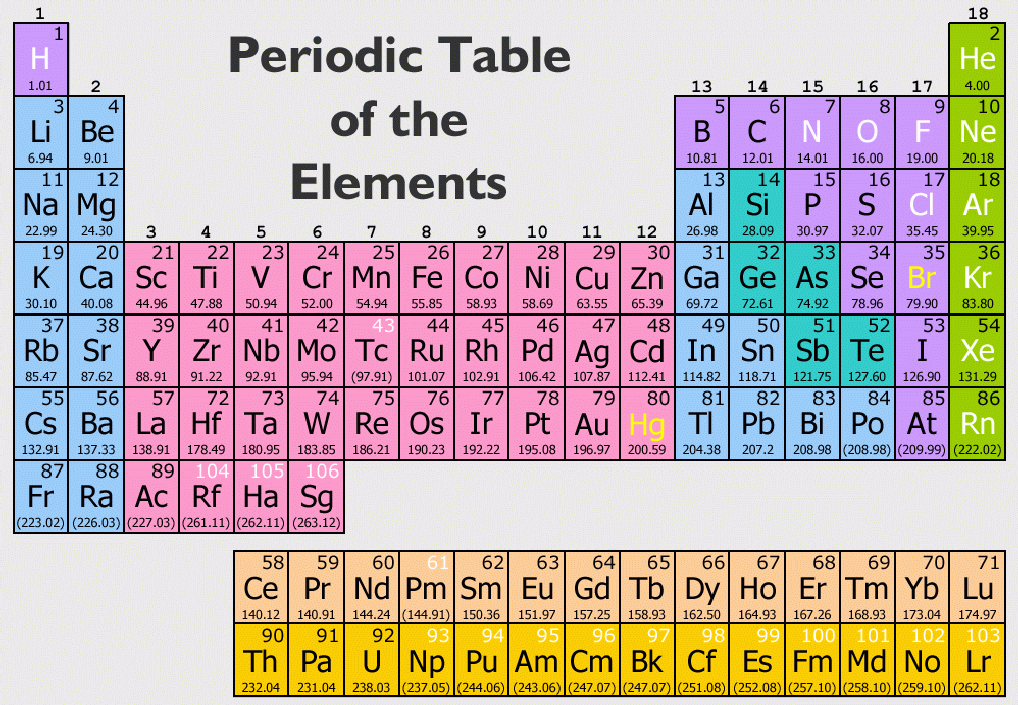The world of chemistry is a fascinating realm filled with unique elements, each contributing to the tapestry of our universe. Among these, the CH element stands out as a vital component of organic chemistry, playing an essential role in the formation of countless compounds. Understanding the significance of the CH element not only enhances our knowledge of chemistry but also opens the door to numerous applications in various scientific fields.
In this article, we will delve into the characteristics, applications, and importance of the CH element, shedding light on its fundamental role in both nature and technology. From its contribution to organic molecules to its implications in energy production, we will explore how the CH element is intertwined with the very fabric of life. Join us as we embark on this enlightening journey through the world of the CH element.
Whether you are a chemistry enthusiast, a student, or simply curious about the wonders of the scientific world, this article promises to provide you with valuable insights into the CH element. Let's uncover the secrets of this remarkable component and understand its far-reaching implications in our daily lives.
What is the CH Element?
The CH element refers to the combination of carbon (C) and hydrogen (H) atoms, which are the building blocks of organic compounds. These two elements bond together to form hydrocarbons, a diverse class of compounds that serve as the backbone of many biological and synthetic materials. Hydrocarbons can be found in fuels, plastics, and even in the natural oils that our bodies produce.
Why is the CH Element Important in Organic Chemistry?
The significance of the CH element in organic chemistry cannot be overstated. Here are some reasons why it holds such importance:
- Foundation of Organic Molecules: The CH element forms the basis of a vast array of organic molecules, including carbohydrates, proteins, lipids, and nucleic acids.
- Energy Source: Hydrocarbons derived from the CH element serve as primary energy sources, powering our vehicles and heating our homes.
- Industrial Applications: The CH element is crucial in the production of plastics, pharmaceuticals, and other synthetic materials.
- Environmental Impact: Understanding the CH element helps us address environmental challenges, such as pollution and climate change.
How Does the CH Element Contribute to Life?
The CH element is fundamental to the existence of life as we know it. All living organisms are composed of organic molecules, which are primarily made up of carbon and hydrogen. The versatility of carbon allows it to form stable bonds with other atoms, leading to complex structures necessary for life processes. For example, the sugars that provide energy to our cells and the fats that store energy all contain carbon and hydrogen atoms.
What are Some Common Compounds Involving the CH Element?
There are numerous compounds that feature the CH element prominently. Here are a few examples:
- Methane (CH₄): The simplest hydrocarbon, methane is a major component of natural gas and a potent greenhouse gas.
- Ethylene (C₂H₄): A key compound in the production of plastics and a plant hormone that regulates growth.
- Acetylene (C₂H₂): Used in welding and as a precursor for the synthesis of various organic compounds.
- Octane (C₈H₁₈): A component of gasoline, octane is critical for fuel efficiency in internal combustion engines.
How is the CH Element Utilized in Modern Technology?
The applications of the CH element extend far beyond traditional chemistry. Here are some ways it is utilized in modern technology:
- Fuel Production: The CH element is integral to the creation of fuels, including gasoline and diesel, which power our vehicles.
- Biotechnology: Organic compounds derived from the CH element are crucial in the development of drugs and vaccines.
- Materials Science: The CH element is essential in creating advanced materials, including polymers and nanomaterials.
- Renewable Energy: The CH element is involved in the development of biofuels and other sustainable energy sources.
What Role Does the CH Element Play in Environmental Sustainability?
As concerns about climate change and environmental degradation grow, the CH element's role in sustainability becomes increasingly important. By understanding how carbon and hydrogen interact, scientists can develop strategies to reduce carbon emissions and create cleaner energy sources. For instance, carbon capture technologies aim to mitigate the impact of carbon dioxide emissions, while biofuels derived from the CH element offer a renewable alternative to fossil fuels.
What is the Future of the CH Element in Science and Industry?
The future of the CH element in science and industry looks promising. Advances in research are continually uncovering new applications and technologies that harness the power of carbon and hydrogen. From innovative energy solutions to breakthroughs in medicine, the CH element will undoubtedly continue to play a pivotal role in shaping our world.
Conclusion: Embracing the Power of the CH Element
In conclusion, the CH element is more than just a combination of carbon and hydrogen; it is a fundamental aspect of our existence. Its significance in organic chemistry, energy production, and environmental sustainability cannot be overlooked. As we strive for a more sustainable and technologically advanced future, understanding and harnessing the power of the CH element will be crucial. Embracing the potential of this remarkable component can lead to innovations that benefit both humanity and the planet.
You Might Also Like
Unraveling The Intricate Tapestry Of Gerard Butler's RelationshipsExploring The Intriguing Anna Sawai Relationships
Unveiling The Life And Career Of Abigail Hawk
Exploring Ant Anstead Relationships: A Journey Through Love
XXXTentacion’s Son Now: A Journey Through Time
Article Recommendations


